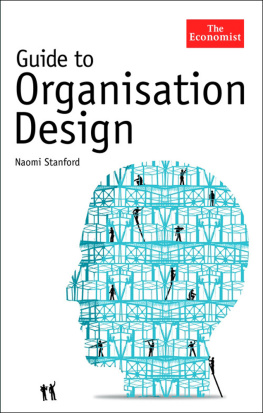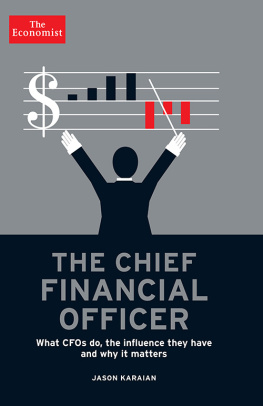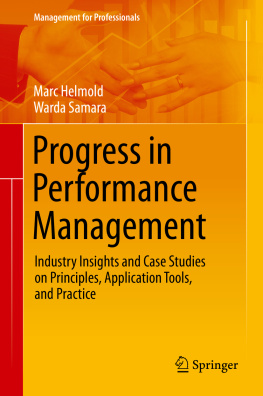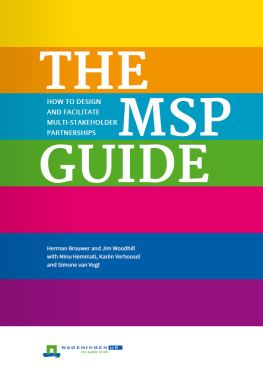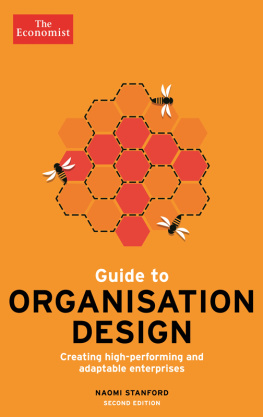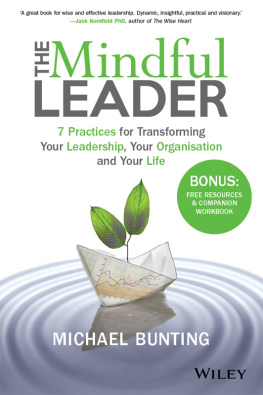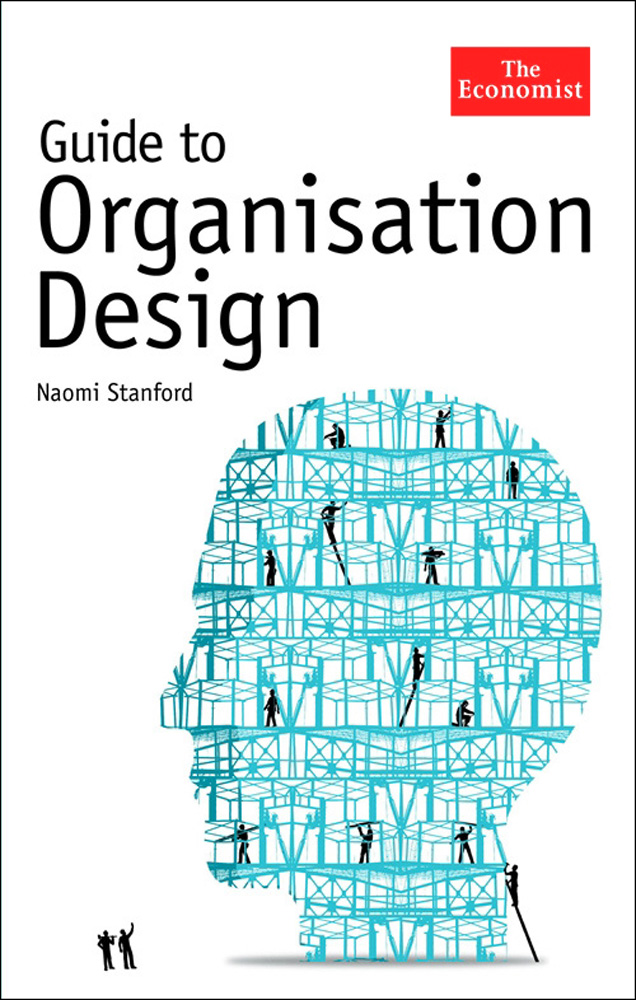Economist The - Guide to Organisation Design : Creating high-performing and adaptable enterprises.
Here you can read online Economist The - Guide to Organisation Design : Creating high-performing and adaptable enterprises. full text of the book (entire story) in english for free. Download pdf and epub, get meaning, cover and reviews about this ebook. City: New York, year: 2014, publisher: PublicAffairs, genre: Business. Description of the work, (preface) as well as reviews are available. Best literature library LitArk.com created for fans of good reading and offers a wide selection of genres:
Romance novel
Science fiction
Adventure
Detective
Science
History
Home and family
Prose
Art
Politics
Computer
Non-fiction
Religion
Business
Children
Humor
Choose a favorite category and find really read worthwhile books. Enjoy immersion in the world of imagination, feel the emotions of the characters or learn something new for yourself, make an fascinating discovery.
- Book:Guide to Organisation Design : Creating high-performing and adaptable enterprises.
- Author:
- Publisher:PublicAffairs
- Genre:
- Year:2014
- City:New York
- Rating:3 / 5
- Favourites:Add to favourites
- Your mark:
Guide to Organisation Design : Creating high-performing and adaptable enterprises.: summary, description and annotation
We offer to read an annotation, description, summary or preface (depends on what the author of the book "Guide to Organisation Design : Creating high-performing and adaptable enterprises." wrote himself). If you haven't found the necessary information about the book — write in the comments, we will try to find it.
9 Morphing not future proofing; Why morphing capacity is required; Building the capability to morph; Reflections on this case; Tools for this case; Summary; Notes; General; 1 Introducing organisation design; 2 Models, approaches and designs; 3 Organisational structures; 4 Planning and sequencing the organisation design; 5 Measurement; 6 Stakeholder engagement; 7 Leadership and organisation design; 8 Culture and group processes; 9 Morphing not future proofing; Appendix 1 Organisation design models; Appendix 2 Useful sources of information; Books; Journals, magazines and newspapers.
Business failure is not limited to start ups. Industry Watch (published by BDO Stoy Hayward, an accounting firm) predicts that 17,043 businesses will fail (in the UK) in 2006, a further 4 per cent increase from 2005. In America between 1990 and 2000, there were over 6.3 million business start-ups and over 5.7 million business shut-downs. Risk of failure can be greatly reduced through effective organisational design that encourages high performance and adaptability to changing circumstances. Organisation design is a straightforward business process but curiously managers rarely ta. Read more...
Economist The: author's other books
Who wrote Guide to Organisation Design : Creating high-performing and adaptable enterprises.? Find out the surname, the name of the author of the book and a list of all author's works by series.

